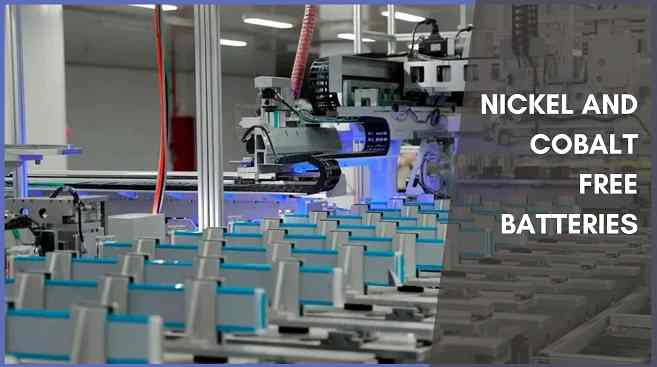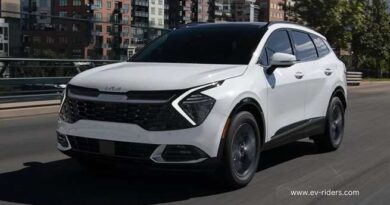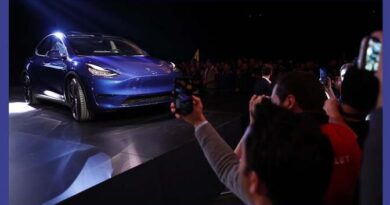Nearly a third of new plug-in cars have nickel and cobalt free batteries
LFP batteries (nickel and cobalt free batteries), commonly referred to as lithium iron phosphate batteries, are rapidly expanding their market share. They achieved a 31% global share in September of last year, despite the NCMs’ continued dominance.

In less than a year, the market share of lithium iron phosphate batteries, or LFP batteries (nickel and cobalt free batteries), has almost doubled globally.
These batteries are already found in about a third of all new plug-in vehicles produced globally, making them more inexpensive due to their lack of nickel and cobalt.
According to statistics from Adamas Intelligence, the market share of nickel and cobalt free batteries containing lithium iron phosphate cells was 31% in September 2022.
This technology’s market share increased from 17% in January 2021 to 26% in January.
Everything indicates that they might easily surpass thirty percent next January, more than tripling their share in only two years, given that the most recent numbers available correspond to September.
Electric vehicles, plug-in hybrids, and non-plug-in hybrids are all included in the data gathered by Adamas Intelligence (although in the latter the penetration of LFP batteries is lower).
Batteries for stationary storage systems and commercial electric cars are not included here.
Since it lessens one of the drawbacks of this technology and precisely this kind of battery is employed in electric buses, trucks, and other large electric vehicles (its lower energy density).
Two manufacturers produced 68% of all LFP batteries used in passenger automobiles between January and September 2022:
BYD and Tesla. If we factor in pure electric and plug-in hybrid (PHEV) vehicles, BYD is the company selling the most plug-in vehicles, while Tesla is the leading producer of electric vehicles by sales volume.
A nickel- and cobalt-free lithium iron phosphate (LFP) battery is already present in about half of all Tesla electric vehicles.
These batteries (nickel and cobalt free batteries) are found in rear-wheel-drive, entry-level Tesla Model 3, and Model Y models with Tesla’s stationary batteries made for residential and commercial use.
More than 85% of the world’s LFP batteries are installed in electric or plug-in hybrid automobiles marketed in China, where utilized the most.
Only 15% of the global market comes from outside of the United States, India, the United Kingdom, and Germany.
Another fascinating fact is that practically all LFP batteries, both within and outside of China, were produced there.
Although LFP batteries (nickel and cobalt free batteries) are expanding quickly, nickel-rich NCM cells continue to dominate the industry with a share that is more than double that of LFPs.
Due to their greater cost of production and better energy density, NCM batteries—named for the ternary composition of their cells (nickel, cobalt, and manganese)—allow for smaller batteries to store the same amount of energy.
Related Post




Your writing style is engaging, and the information is presented clearly. Thanks for this informative piece!
Thanks a lot very much for the high quality and results-oriented help. I won’t think twice to endorse your blog post to anybody who wants and needs support about this area.